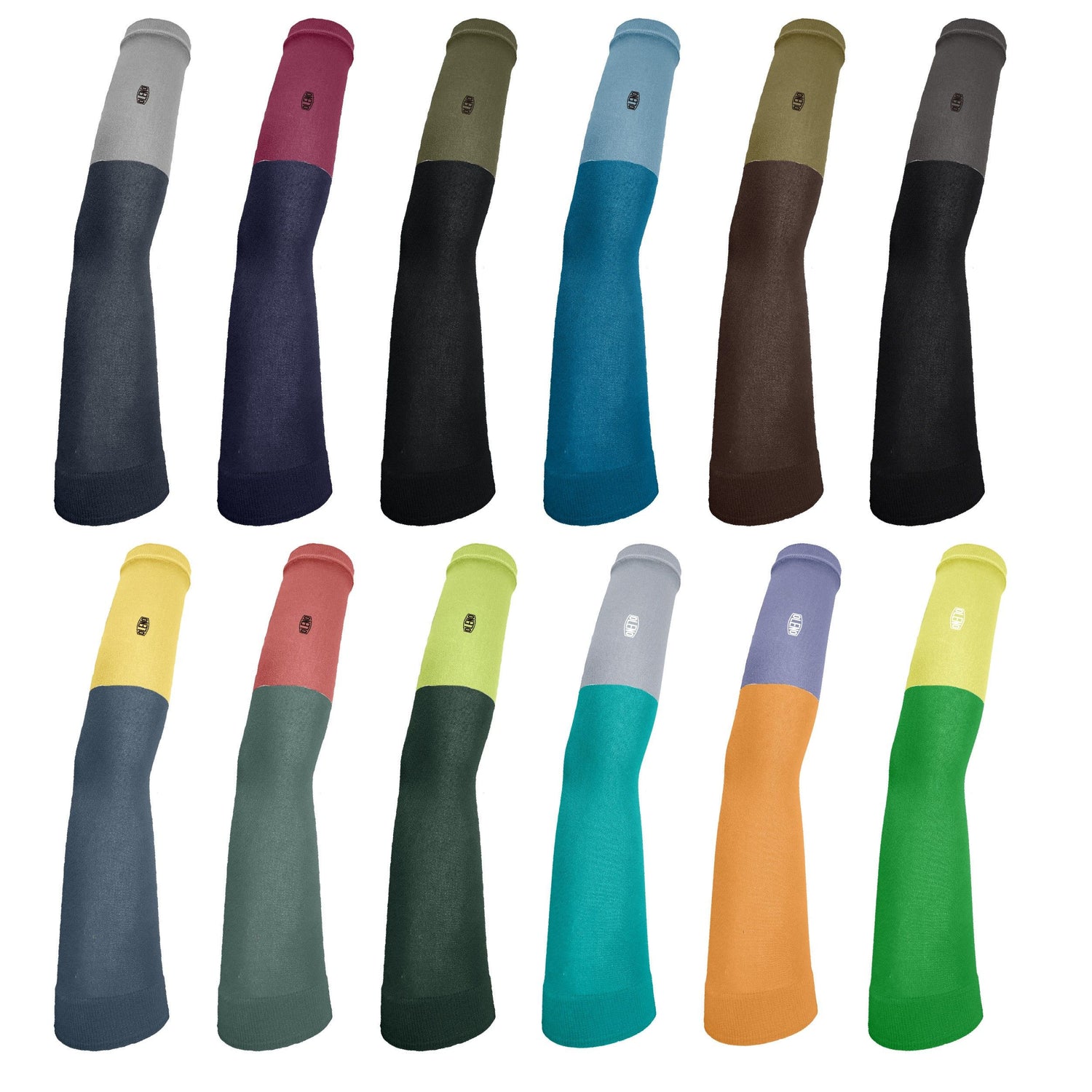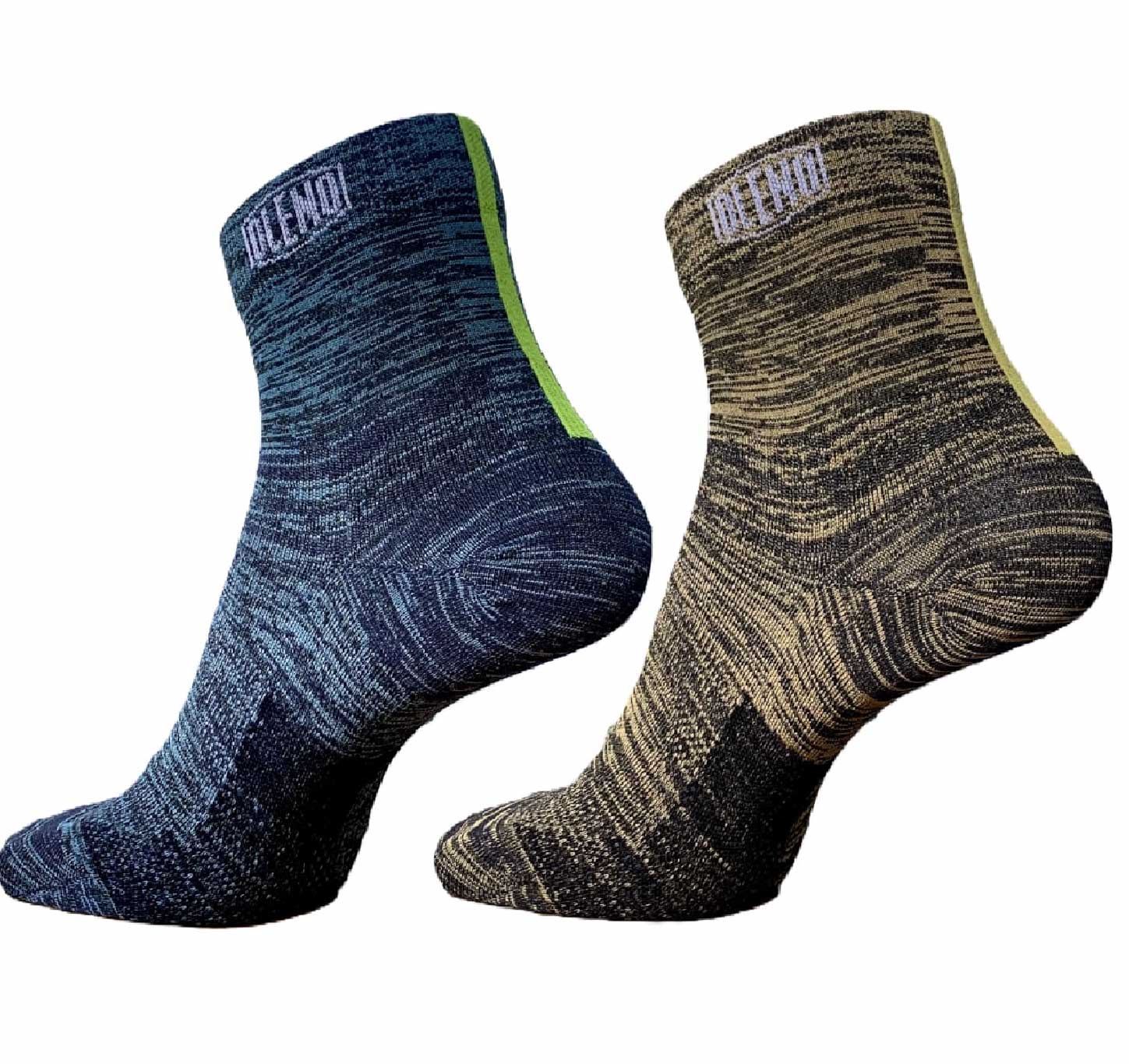【table of contents】
・Ultramarathon to be held in Nara
・Lake Saroma, Shimanto River, Hida Takayama...famous domestic competitions
-What is different about the Ultra Marathon held in Nara?
・Expectations and challenges from the runner's perspective
・A new running culture spreading from Nara
・Nara, socks, and our thoughts at OLENO
· summary
Ultramarathon to be held in Nara
It has been decided that a 100km ultramarathon will be held in southern Nara Prefecture in May 2026. As a native of Nara Prefecture, I am extremely happy about this.
The race starts in Kashihara City and takes participants to Yoshino Kinpusenji Temple and ancient ruins, running along a spectacular course with a potential World Heritage site in the background. Participants are limited to 3,000, and many runners are expected to gather from both Japan and overseas.
The concept of "running 100km through history and culture" is a new approach not seen in previous domestic ultramarathons.
Here, we will summarize the characteristics of the Nara race, compare it with famous ultramarathons that have been held around the country in the past, and explore its appeal and potential.
Lake Saroma, Shimanto River, Hida Takayama...famous domestic tournaments
Lake Saroma 100km Ultra Marathon (Hokkaido)

This is Japan's leading 100km race, which began in 1986. It is a historic event that attracts over 2,000 runners from Japan and abroad.
The biggest feature of this course is the flat course that runs along the shores of Lake Saroma . While it is easy to run in cooler temperatures, it can also be windy or reach temperatures approaching midsummer, making it difficult as it is heavily dependent on weather conditions.
It is also known as the event where world records were set , and is loved by a wide range of runners, from elite runners to amateur runners.
Shimanto River Ultra Marathon (Kochi)

The tournament is held on the clear Shimanto River in Kochi Prefecture. The beautiful nature and the warm support of the local residents are its major attractions.
Rather than a race based on speed, the race is about "how much you can enjoy being one with nature." Local specialties are available at the supply stations, making it popular as an "ultramarathon where you can enjoy food."
Participants are selected by lottery, and the application rate is several times higher every year.
Hida Takayama Ultra Marathon (Gifu)

This 100km course runs through old towns and mountainous areas. With a cumulative elevation gain of over 2,500m, it is one of the most up-and-down mountain ultra races in Japan.
The beauty of the scenery as you run through the townscape and the toughness of taking on the dramatic elevation changes coexist in this race, which truly feels like a "battle against oneself."
What's different about the Ultra Marathon held in Nara?
1. The only 100km route through an ancient capital

Kashihara is considered the birthplace of Japan, Yoshino is a sacred place for Shugendo, and the Asuka and Fujiwara capitals are currently being promoted as candidates for World Heritage Site status.
In other words, this race is a 100km course that connects historical sites of World Heritage status . The experience of running through not just natural scenery but history itself will have new value in the history of ultramarathons in Japan.
2. The event is held in May
Compared to Lake Saroma (June), Hida Takayama (June), and Shimanto River (October), Nara's festival is held in early summer, in May .
Although this is a time of year when humidity and temperature are stable and suitable for running, the sun is strong and there is a large temperature difference between the mountainous areas and the flatlands. The key to completing the race will be the selection of supplies and equipment.
3. A setting where the "original Japanese landscape" remains

The Yoshino mountain range, ancient ruins, and rural landscapes... Southern Nara has not yet seen large-scale development as a tourist destination, and is an area where the unspoiled scenery of old Japan remains strong .
Running 100km through this land is not just a sporting experience, it is no exaggeration to say that it is a journey where you can experience the culture with your body.
Expectations and challenges from a runner's perspective
What to expect
・A unique worldview (historical background)
・A new challenging stage (3,000 people)
・Synergy with tourism (after-run tourism)
Challenges
・Course elevation setting
・Convenient access and accommodation
・Preparing for supplies and volunteers
A new running culture spreading from Nara
This year's event may not end as just a "new 100km race."
Nara Prefecture has not been the stage for large-scale Ultra events until now, so there is potential for it to build a culture from scratch .
For example, it could become a sacred place for experienced full marathoners to take on the challenge of their next 100km challenge. Or, by combining it with tourism resources, it could be promoted overseas as "cultural heritage tourism on the move."
For local residents, welcoming runners will be a new form of community interaction and will shed new light on tourism and urban development.
I hope that the running culture that began in Nara will spread throughout Japan and the world in the future.
Nara, socks, and our thoughts at OLENO
Nara Prefecture is also known as the number one sock production area in Japan.
In particular, Koryo Town, which is close to the area where this ultramarathon will be held, boasts a 60% national market share and has been making socks for over 90 years.
We at OLENO are a company that has been knitting socks here for a long time . We have been improving our products, including running socks, together with runners who take on trail runs and ultramarathons.

When attempting a 100km race, the key to completing the race is how to prevent foot problems.
Socks are even more important gear than shoes. Being able to support the feet of runners in Nara is a great source of pride for a local company that has been manufacturing products for a long time.
summary
Lake Saroma is "record", Shimanto River is "nature", and Hida Takayama is "mountain".
And Nara is a 100km journey through history and culture.
3,000 runners will run through the pristine landscape and experience the cultural heritage with their bodies.
As a new running culture emerges in Nara, the local sock industry will also support this challenge from the ground up.
The story of an ultramarathon starting in Nara will begin in May 2026.




